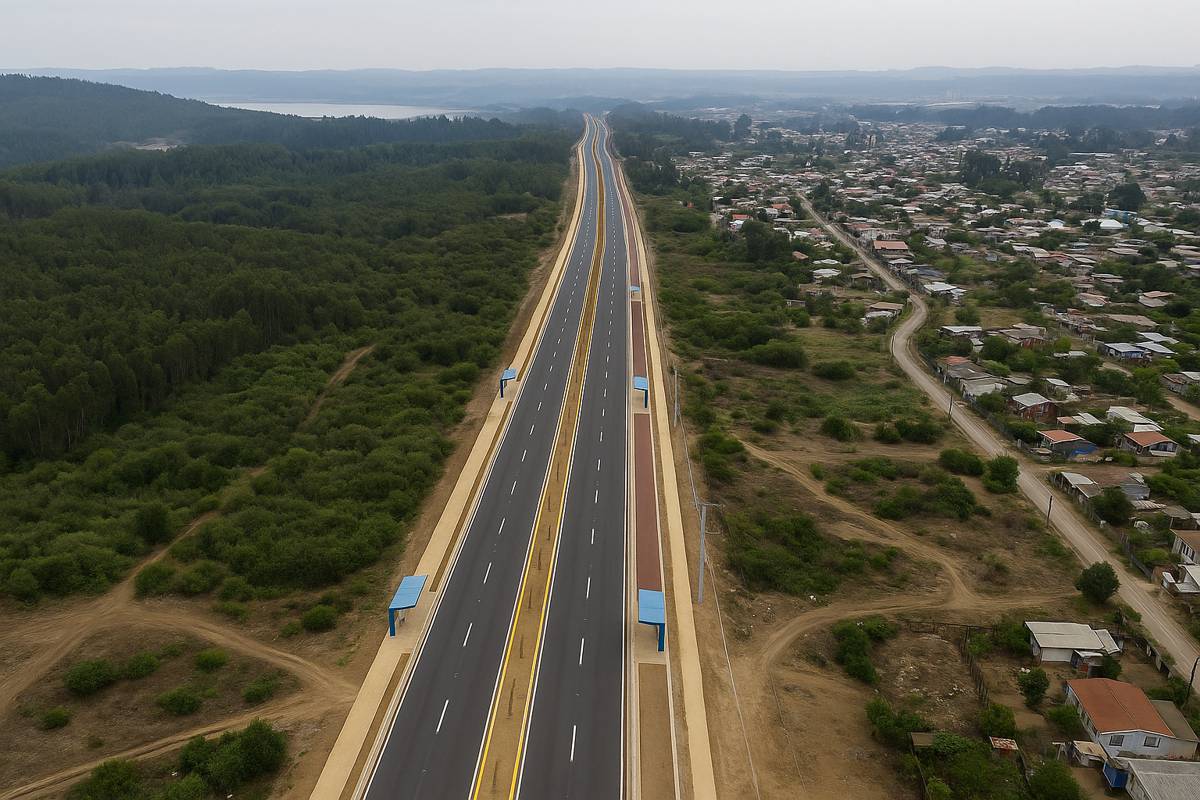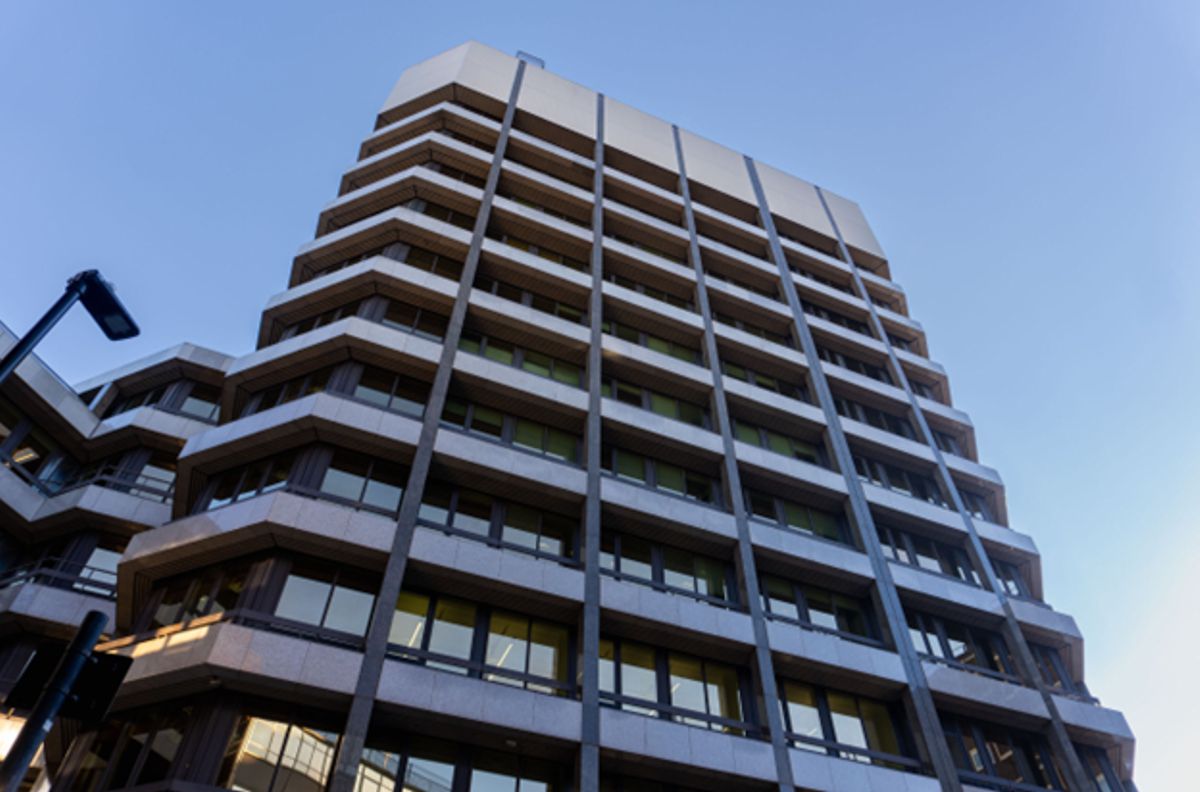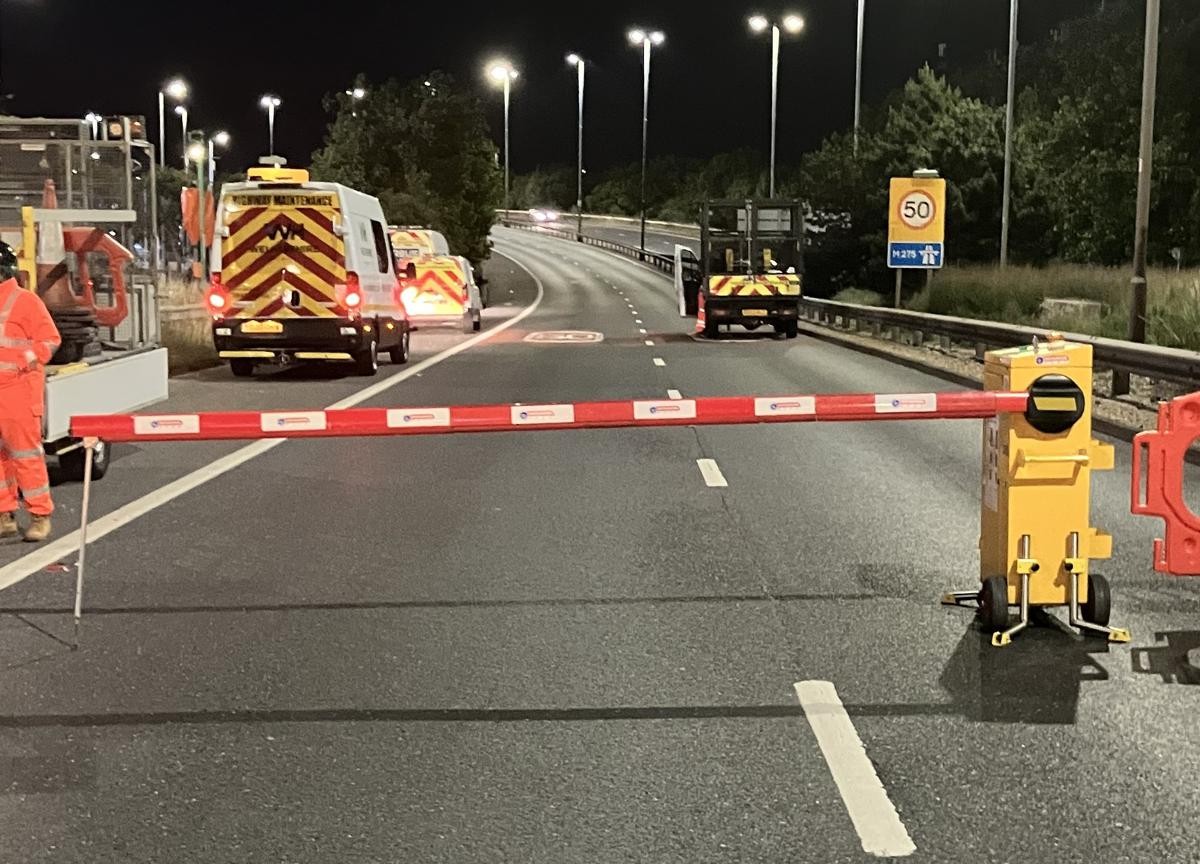Highways England A14 Cambridge to Huntington upgrade takes shape
- Six months in, new aerial pictures show first glimpse of brand new road emerging
- New bridges taking shape
- Working in harmony with communities and the environment
The project team delivering the biggest road upgrade under construction in the UK have been sharing an update about ongoing work on site, within the surrounding environment and with local communities.
New aerial photographs have been published today (Tuesday 4 July) revealing how the new road is emerging. Alongside this progress, foundations and bridge columns for some of the project’s 34 new bridges have been installed and the team have been giving an update on the industry leading care for the environment that the project is delivering while building the new road.
Work on building the £1.5bn upgrade to the A14 between Cambridge and Huntingdon started in November last year. The project includes widening a total of seven miles of the A14 in each direction (across two sections), a major new bypass south of Huntingdon, widening a three-mile section of the A1 and demolition of a viaduct at Huntingdon, which will support improvements in the town.

A new road emerges
Barely seven months after work started on the £1.5bn upgrade scheme, the outline for the 12-mile long Huntingdon bypass has emerged through the Cambridgeshire landscape, revealing how much progress has been achieved so far.
Chris Griffin, A14 project manager at Highways England, says: “We are continuing to make good progress throughout the scheme. We have had mild and dry weather this winter and spring and have been making the most of it to move the project forward quickly and safely. I am pleased that the outline for most of the new road’s path has now been created and it won’t be long before some of our first structures are completed.”
The project’s earthworks team has been stripping top soil over more than 17 miles out of the project’s total length of 21 miles to create several sections of the future new road including: the Huntingdon bypass, the new Swavesey junction, and the five-mile long local access road, which will link local communities between Huntingdon and Cambridge without the need to use the A14.

Building a road with its environment in mind
“From the skies,” Chris says, “the outline of the Huntingdon bypass forms a thin brown strip running through the jigsaw of green and yellow fields between Swavesey and the east coast main line railway. We are careful to minimise our impact on the surrounding environment while we work, and the environment keeps reminding us that it is all around us too. On a progress visit through the River Great Ouse viaduct site recently, I was joined by an unexpected companion: a heron standing in one of the lakes near the temporary bridge, seemingly surveying the piling team’s work.”
An important part of the project has been the planning of environmental mitigation so that, by the time the project is completed, its footprint on the surrounding natural environment is as small as possible. A team of ecologists is working with wildlife including water voles, great crested newts, kestrels, bats and barn owls, as well as some protected plant species, to create new habitats. More information will be made available as work progresses.
In addition, the team will replant twice as many trees as have been felled throughout the project by the time it is completed. The trees will be carefully selected to fit in with the existing local environment.

Creating the new road’s building blocks
Chris continues: “With construction gathering pace, we have now started tackling some of the biggest challenges on the project and it is exciting to see our innovative plans take shape on the ground, including the foundations and some of the columns for the viaduct on both sides of the River Great Ouse.”
Columns for some of the 34 bridges to be built throughout the project have now started appearing along Ermine Street (A1198), the A1 and at the site of the future, 750-metre long River Great Ouse viaduct. The foundations for the viaduct columns are as deep as 35 metres and are made up of steel-reinforced concrete.
The piling team has drilled deep under the layers of clay and silt either side of the River Great Ouse to ensure the foundations and the viaduct columns themselves are stable enough to carry the 800 concrete bridge deck panels, weighing 25 tonnes each, on which the new carriageway will be built.
While the foundations and columns for some of the bridges and the viaduct are being installed, work to cast the concrete panels for the bridge decks, including the 800 needed for the viaduct alone, has also started.

The concrete panels are being cast on the construction site, near the Brampton compound, to avoid having to transport them via the road network, further minimising disruption for road users.
Another way in which the project minimises its use of the surrounding road network is through the use of materials from several borrow pits dotted along the construction site. Instead of having to bring over the 5 million tonnes of materials needed to build the road, more than half of it is being supplied from the site itself.

Working with local communities
Another important aspect of the project is its focus on connecting local communities.
Highways England strategic engagement manager Mike Evans explains: “The A14 Cambridge to Huntingdon upgrade is the biggest road project currently in construction in the UK, and we want to make sure that the communities living alongside it have access to the information they need.”
The project team launched our mobile visitor centre back in March, which they use to visit towns and villages along the length of the route and further afield to share updates about the scheme including information to help people plan their journeys, possible job opportunities and other topics of interest.
“The centre has been a great success so far,” Mikes adds, “with many visits completed at different locations along the whole route and more dates planned in the coming months. We are always open for bookings so please contact us today to enquire.” Mike continues: “Our commitment to the local community is also to give them the opportunity to respond to the changes our project brings. We launched the A14 Community Fund last year to support a range of activities with a focus on bringing communities closer together. Groups can submit projects linked with the new road within a range of themes including the environment, art or skills and selected projects will receive a grant of up to £10,000.”
The first three rounds of funding applications have been completed and more than £50,000 have been allocated to eight different projects including primary school murals, skills projects for unemployed people, projects linked to cycling and to wildlife.
For information about the A14 Community fund, visit https://www.cambscf.org.uk/A14.html. To book the mobile visitor centre to attend a public event for free, call 0800 270 0114 or email A14CambridgeHuntingdon@highwaysengland.co.uk. For the latest information about the A14 Cambridge to Huntingdon improvement scheme, visit www.highways.gov.uk/A14C2H follow @A14C2H on Twitter and like their Facebook page at www.facebook.com/A14C2H/




















